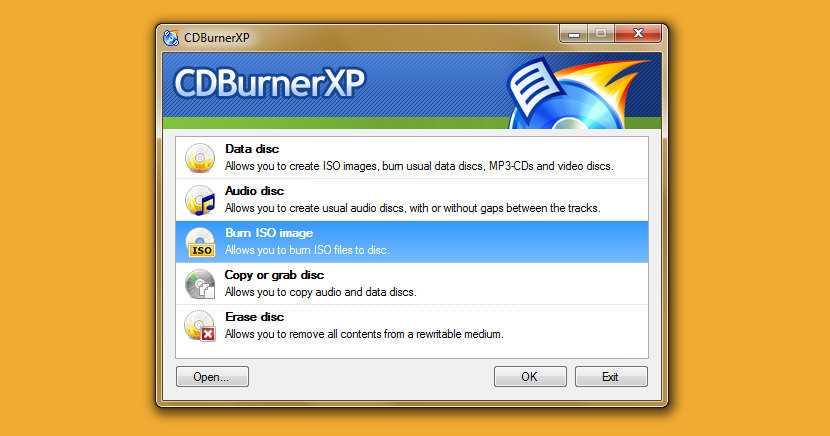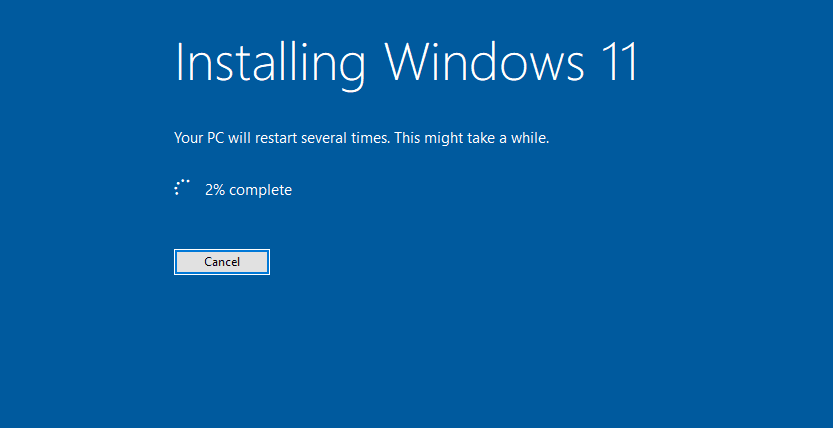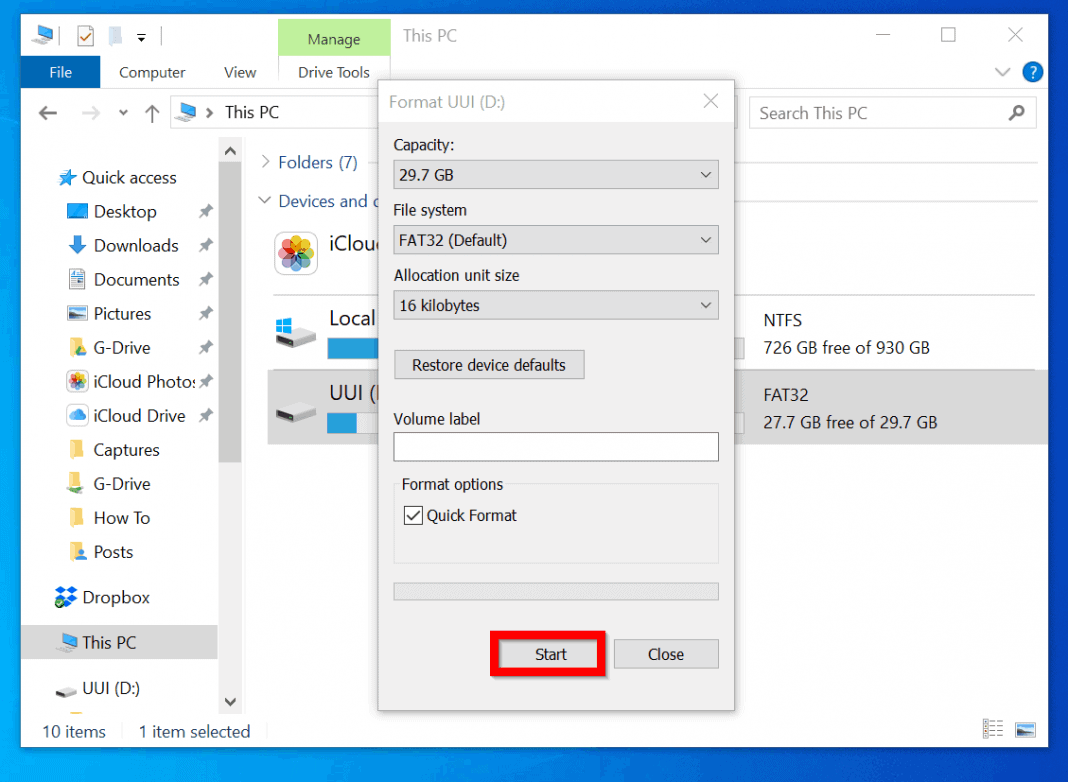
Created by Microsoft itself, Media Creation Tool can help you easily create a setup file for Windows 11. Once you've restored your data files and reinstalled any apps, you can get back to work.If your computer is running Windows 10, you need a bootable disk to help you deploy Windows 11. You'll need to install the latest updates, and you might need to download some drivers from the PC maker's website. When the installation is complete, you should boot into Windows 10, and the operating system should activate automatically. When you reach the step where you're asked to enter a product key, click I Don't Have A Product Key and then be certain to choose the edition (Home or Pro) that you're "downgrading" from. Follow the prompts to install Windows 10.When you see the prompt to boot from the USB drive, tap the spacebar to start Windows Setup.

At the Windows 11 recovery menu, choose Use A Device and select your USB drive.


In any case, you should make a complete backup of your system before going any further. If, on the other hand, the PC was originally designed to run Windows 10, your chances of successfully installing Windows 10 are much better. It's possible you'll encounter glitches and hardware incompatibilities when you install Windows 10, and those problems might be even more annoying than whatever issues you have with Windows 11.

If this is a new PC that came with Windows 11 preinstalled, you might want to think twice about whether you really want to do this. Here are ZDNET's top picks for a variety of use cases.


 0 kommentar(er)
0 kommentar(er)
